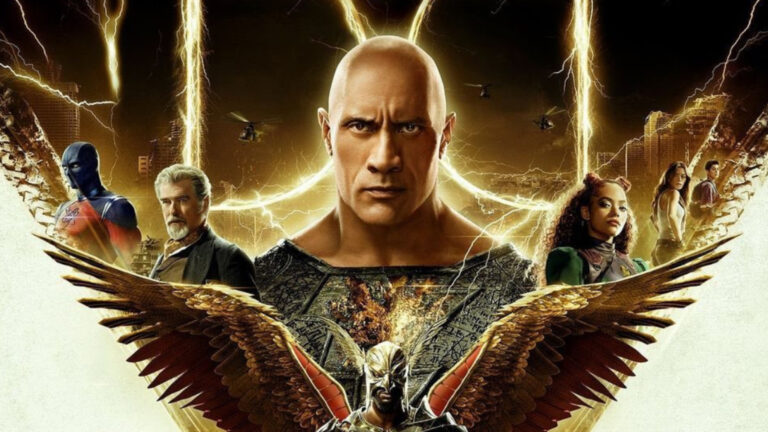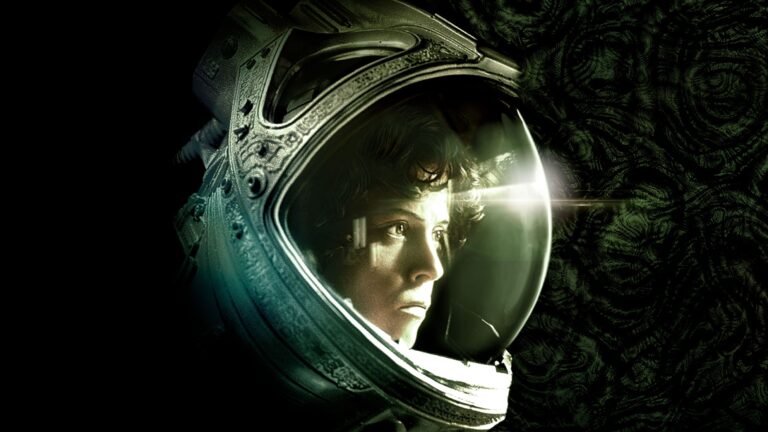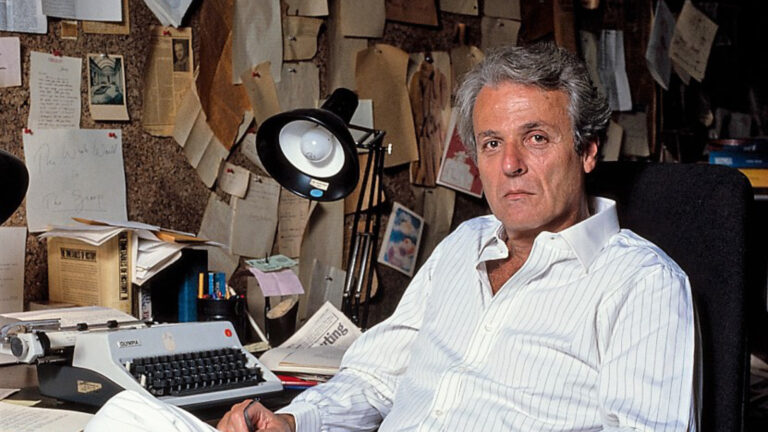“I felt that Alien should be primarily a film with a story about seven real characters—and that this would be the strength of the film, not the effects.” – Ridley Scott
Alien has just turned 44-years-old and is still as nerve-shredding, thrilling and believable as it ever was. Is it that last quality which has allowed it to have such longevity? Is Alien one of the best examples of realism in film? Because undoubtedly one of the keys to its success is how realistic its characters are, regardless of the movie being in space.
How is that realism achieved? It’s not just one factor. It’s a combination of acting, directing, cinematography, music, sound design, lighting, and editing which make it difficult to pin down exactly why it’s so effective. But there are certainly a few elements which deserve a mention.
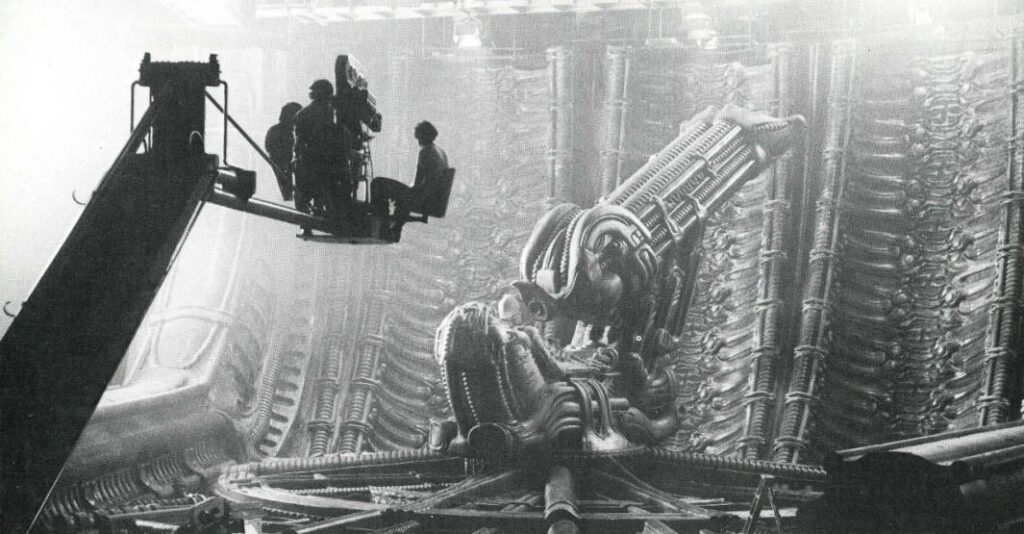
PRODUCTION DESIGN
“In the making of a film like Alien, there is a whole large group of individuals who tend to get overlooked and who don’t get enough emphasis really. The art department is a prime example. Their budget alone approached $2 million. That means that there was a huge amount of designing apart from the overall visual concept.” – Ridley Scott
H. R. Giger’s biomechanical Alien is both other and uncannily human – nightmarishly warped and armoured. It is the core of a strong design concept that is both terrifying and terrifyingly plausible. And as well as the central xenomorph the rest of the components – space jockey, face hugger, egg and chestburster – all combine to immerse the viewer in a world that seems utterly real.
The Nostromo isn’t a shiny, high-tech, slick machine like those in 2001: A Space Odyssey. This is a mining ship, with venting steam, dripping pipes, clanking chains, oily floors, cluttered spaces. It looks like a workplace, it feels like a workplace.
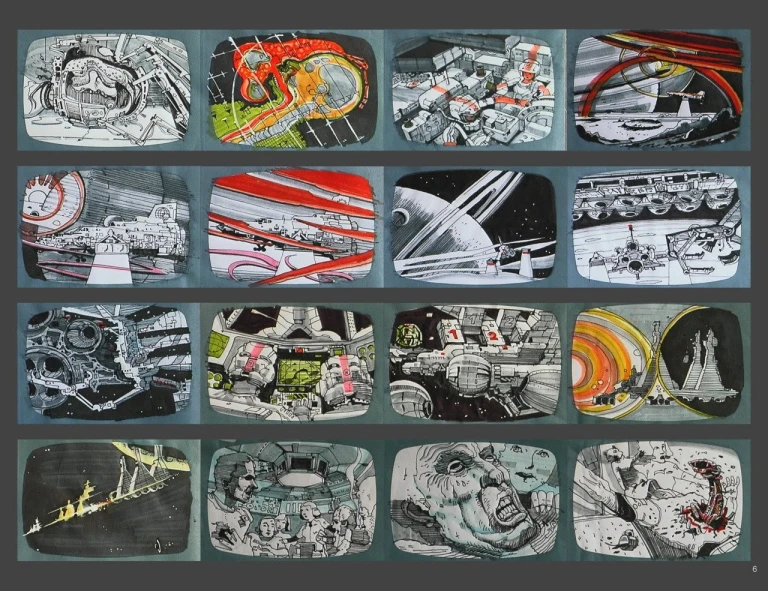
STORYBOARDING
“Never take your notes into a pitch, because you’ll turn a good film into a development deal. Once you’re green lit you can change it then. I storyboarded the entire film [Alien], right through everything. They aren’t stick figures, they are wide shots, mediums, etc. With the power of the board we doubled the budget – we went to $4.2m to $8.4m.” – Ridley Scott
Ridley Scott is known for his meticulous planning. He’s said that going to art school gave him all the skills his needed to firstly make successful commercials and then move on to films. Part of his process is storyboarding. Often this is done by a professional in conjunction with the director. Scott likes to do it himself. It gives him a chance to plan shots in advance, seeing how they fit together to tell the story and allows him to work quickly when on set.
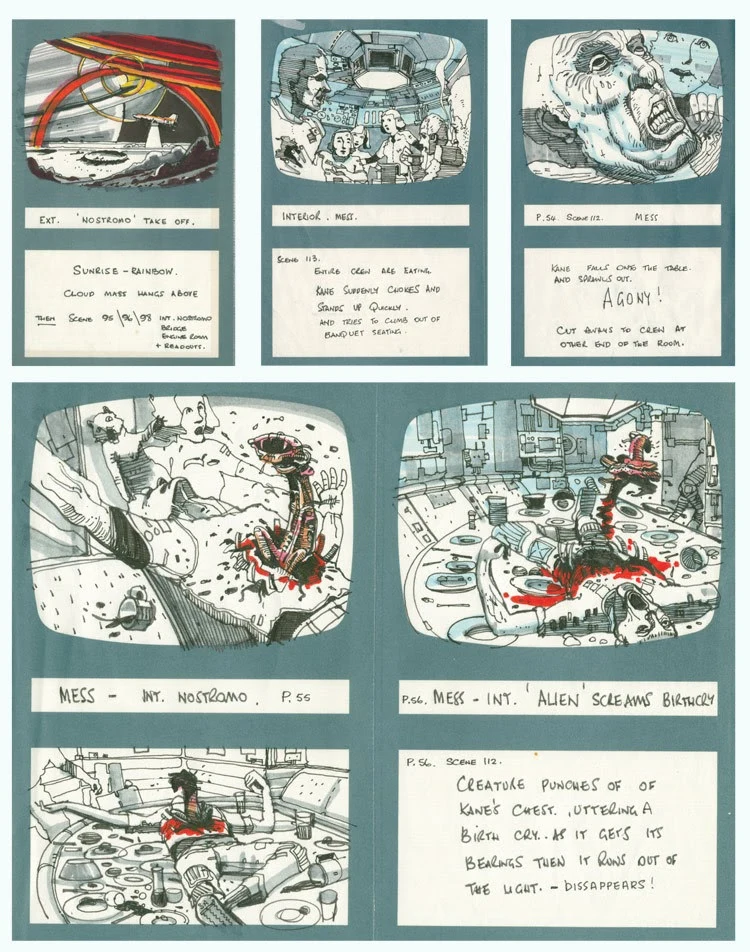
For me Scott’s storyboarding and subsequent camera work underlines the division between the impersonal hard surfaces and mechanics of the Nostromo – and by extension the impersonal Wayland-Yutani Corporation – and the soft human bodies of the crew trapped within. The Alien almost a bridge between the two because of its biomechanical design.
This split is not as pronounced as say Stanley Kubrick whose detachment gave a pervasive sense of humanity adrift in an unfeeling universe of unyielding, uncaring surfaces. In fact, Scott’s direction and juxtaposition if anything brings us closer to the characters, joining them and accompanying them rather than simply observing.
SCREENPLAY
I might be accused of bias here but I do think that the heart of the realism comes straight from the script. It is the basis for the characters, and the characters and the dialogue are the basis of the realism.
As Scott’s quote said at the beginning of this article: “Alien should be primarily a film with a story about seven real characters…” And Dallas, Ripley, Lambert, Brett, Kane, Ash and Parker are as real as anyone in The Bicycle Thief or Rome, Open City, I, Daniel Blake or Ali: Fear Eats the Soul.
These characters are alive on the page. They are blue-collar workers grousing about their paychecks and the hierarchy on the ship. Tired from a long shift the last thing they want to do is take a detour to some dead rock to look at an alien spaceship.
Personifying the working class stiffs aboard the Nostromo are Brett and Parker. Always complaining, always finding ways to take it easy, they could be sitting in a plant room in any building across the world, drinking coffee and complaining. But when the shit hits the fan, they, along with Ripley, are the ones most determined to stay alive.
And they’ve got the faceless, profit-hungry Wayland-Yutani Corporation to rail against. Their gripes are our gripes. The greed of the Company, a perfect reflection of the corporations who – as I write – are not only stripping the world of its resources but stripping workers of basic rights and their humanity in the endless pursuit of profit. Ultimately, Wayland-Yutani’s greed above the lives of the crew is, sadly, what we’d expect to be the case even in the real world.
Don’t take my word for it. Read the scripts, plural. Here is the original script by Dan O’Bannon in collaboration with Ronald Shusett. And the revised version script doctored by David Giler and Walter Hill.
Want script coverage? Head here to see what services I offer. Head here to get in contact.
Top image: Alien poster art by Brian Taylor + Storyboards by Ridley Scott

